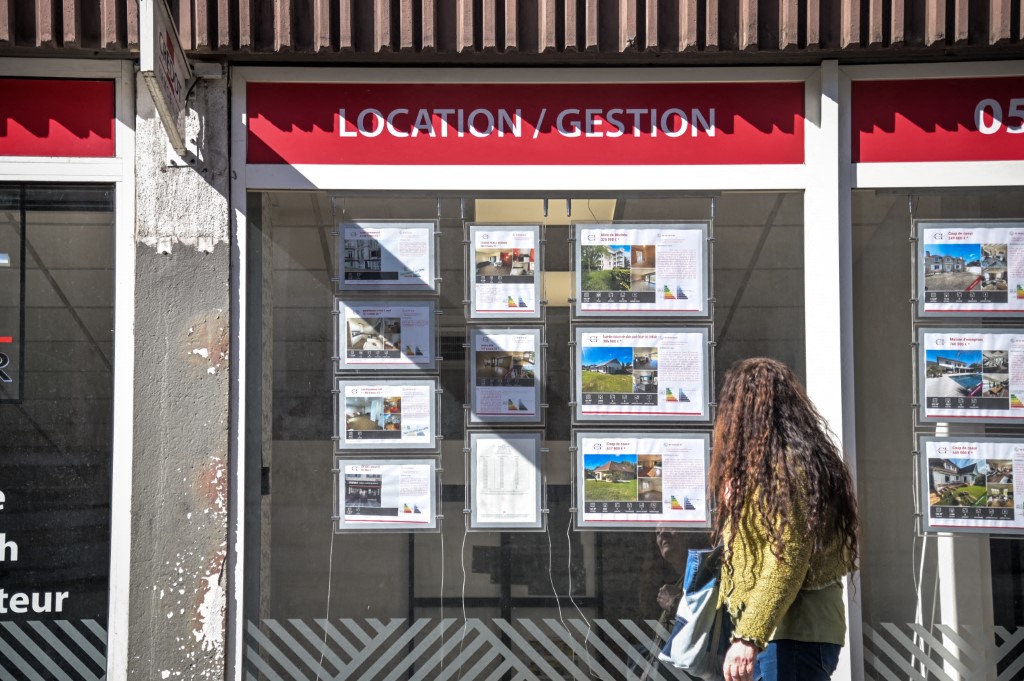The travel, tourism, and hospitality industry suffered devastating effects since the onset of the Covid-19 pandemic, with the UN’s World Tourism Organization (UNWTO) reporting that international tourist arrivals were down 70% globally in January-August 2020 compared to the same period of 2019. A cross-cutting economic activity unlike any other, tourism will need to be an important priority for future recovery efforts as countries are beginning to lift travel restrictions, roll out vaccine programs, and focus on promoting domestic tourism.
The tourism sector has always proven to be resilient and while demand for international travel currently remains low, domestic tourism is strengthening significantly. Countries are looking for ways to re-boot, restore visitor confidence, and reshape tourism in the post-Covid-19 future. Now is the time for the travel industry and governments to reinforce coordination efforts that will restore the sector and create the structural transformation needed to build a stronger, sustainable, and resilient tourism economy.
Effective PR and communications will be essential in ensuring continued reassurance and confidence to secure the trust of stakeholders. Both industry and consumer media outlets are craving reliable information and advice on how to navigate the path forward in uncertain times. The brands that are active now with thought-leadership and creative content will secure the best position when it is time to rebound.
“With public opinion on travel still volatile, businesses must redefine their communications using strategies and tactics that promote safety and responsible travel. Destination marketing will need to shift from promoting travel to promoting safety and supporting local communities,” advises Abdulrahman Inayat, Director and Co-Founder of W7Worldwide. “During Covid-19, you need to react in real time, constantly pivoting messaging and content to address what customers and journalists want to know right now.”
Attitudes, motivations, and preferences of tourists and business travellers will have changed – perhaps forever. The interim plan is straightforward in capturing as much domestic business as possible and in beginning to encourage audiences to plan for the future by tapping into what they are most excited about after lockdown, such as the resumption of freedom, nature, a much deserved holiday after stressful times, reuniting with relatives and loved ones abroad.
W7Worldwide developed a 7-Step Guide for Hospitality and Tourism operators to formulate the right communications strategies that will help rebuild towards recovery. This includes stakeholder mapping in a changed business environment, adapting messaging, maximizing the use of digital channels to take advantage of higher on-line consumption, engaging in sector cooperation and public affairs efforts, proactive media relations tailored to local market needs, direct marketing and planning for the future.

The industry was healthy before the pandemic hit and, while we do not know exactly when, we can be certain that travellers will be back. Recovery will not be identical in different parts of the world and will run on different timelines. This means brands have to continually reevaluate what the competitive landscape might look like post-recovery and take steps now to be ready to gain market share, enter new markets, and offer new products. W7Worldwide’s Communications Strategy and Planning Guide will help travel and tourism brands make that recovery period healthier.
Click here to read the full report.






